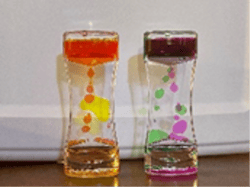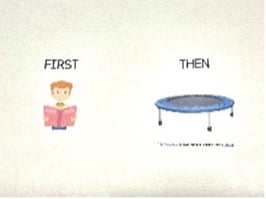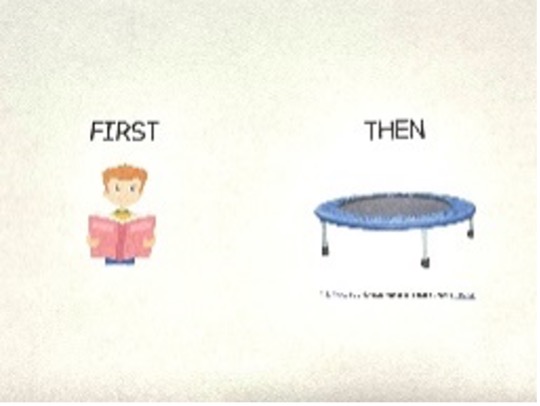Changes can be hard and happen more than we would like in the classroom. Coping with changes and transitioning between activities can be challenging for many students. The following strategies are ways to assist students in being successful with navigating those tricky times throughout the school day.
Visual ScheduleConsider using a daily visual schedule. Written and picture schedules can be adapted to accommodate changes in routine and prepare students for transitions. Many students enjoy overseeing the preparation of their schedule, whether it is by writing the schedule on a dry erase board or placing pictures onto Velcro. Visual schedules are especially helpful in bringing attention to a change in daily routine, such as assemblies or other special events. They can also assist students in preparing for a non-preferred transition. Most teachers have a generalized daily schedule, but for some students, consider a personal schedule to utilize at their desk throughout the school day.
Timers
Visual and auditory timers are helpful in preparing students for transitions. There are a variety of options for visual timers. From tangible to technology, the options are endless. For a tangible timer, my students especially love the fun colors of liquid bubble timers. A favorite technology timer of my students is an app that I have downloaded to my phone called “Visual Countdown Timer.” A feature they enjoy is customizing the picture that appears when the timer is complete.
 |
 |
First/Then and Positive Reinforcement
Using first/then or first/then/reward models can be helpful when transitioning between preferred and non-preferred tasks. I have found the first/then model works well when encouraging participation in a non-preferred activity first, followed by a preferred task. The first/then/reward model is helpful in completing two tasks or transitioning between tasks before earning positive reinforcement. Don’t think that you need to give a reward after each first/then, rather use a token board or sticker chart to earn the reward. Example: first: read, then: write, reward: token (5 tokens = a reward)

Distraction
Transitioning to various parts of the building can be stressful for some students. Giving students a “job,” playing I-Spy, going on a bear hunt, or singing a song are all great strategies. Get creative! The more involved a student is, the more likely they are to participate in the transition with ease.
Take a Toy
Transition with a toy. Students can “show” the toy/stuffed animal how to transition. This is especially helpful if the toy is associated with a preferred character (example: show Buzz how you walk to the nurse).
Remember, communication is key. Making sure that there is a clear set of expectations for what will be happening or what is expected for successful task completion is essential for both the educator and the student. Changes and transitions can be tricky, but with these tips, you can tackle the challenge.
 |
About The Author Emily attended Maryville University of St. Louis, where she earned her Masters of Occupational Therapy degree in 2010. She began her career in the hospital setting, but has worked as a school based occupational therapist since 2013. Emily currently provides services to students in three local school districts. When she is not working, Emily enjoys traveling, trying new foods, and spending time with her husband, Daniel, daughter, Delaney, and son, Emmett. |
